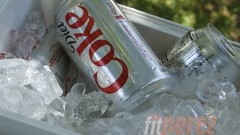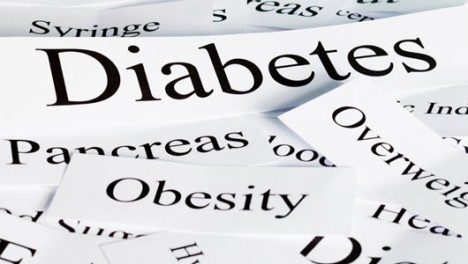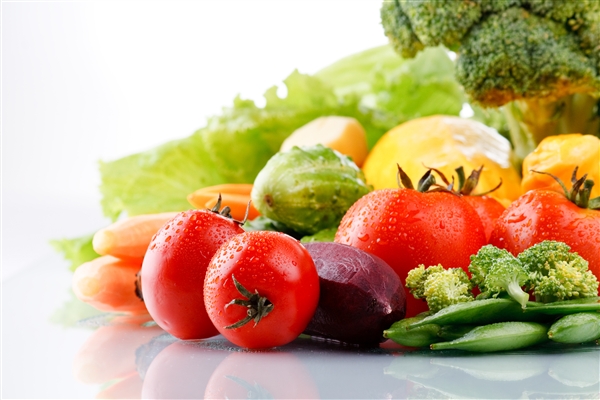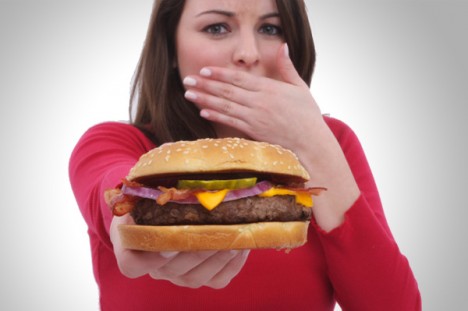Losing weight as a diabetic can be very efficient and easy. You must work as a team with your nutritionist and doctor. Also, keep in mind that nothing happens over night, so the results may not actually be visible until after a few months (3 – 5 approximately). Every drastic diet, with huge weight loss in a short period of time, has side effects, and one of most common one is known as the yo-yo effect (when you get back all lost weight, after only few weeks).
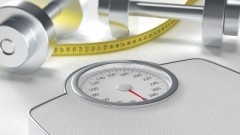
For years, obese diabetics were recommended a low-calorie, low-fat diet, which actually proved to be detrimental to their health. In fact, the best way to tackle obesity is to strike it at its root, and the root is not fat but carbohydrates. Dietary fat is not readily transformed into body fat, so severely limiting it will not solve the problem. Restricting the intake of carbohydrates is the only way out; firstly, because it keeps tabs on blood-sugar levels and secondly, because it keeps obesity at bay.
If you are serious about losing weight, a doctor is not the only person you need in your corner. A dietician is also a crucial part of your weight loss plan. She will set weight loss goals with you, and help you create a menu while on diet. Eating healthy is half of the job. Weight loss for diabetics excludes every possible carbohydrate diet. These diets are not suitable for you because they can have a terrible impact on your blood sugar. Always keep this in mind, this is for your own good.

